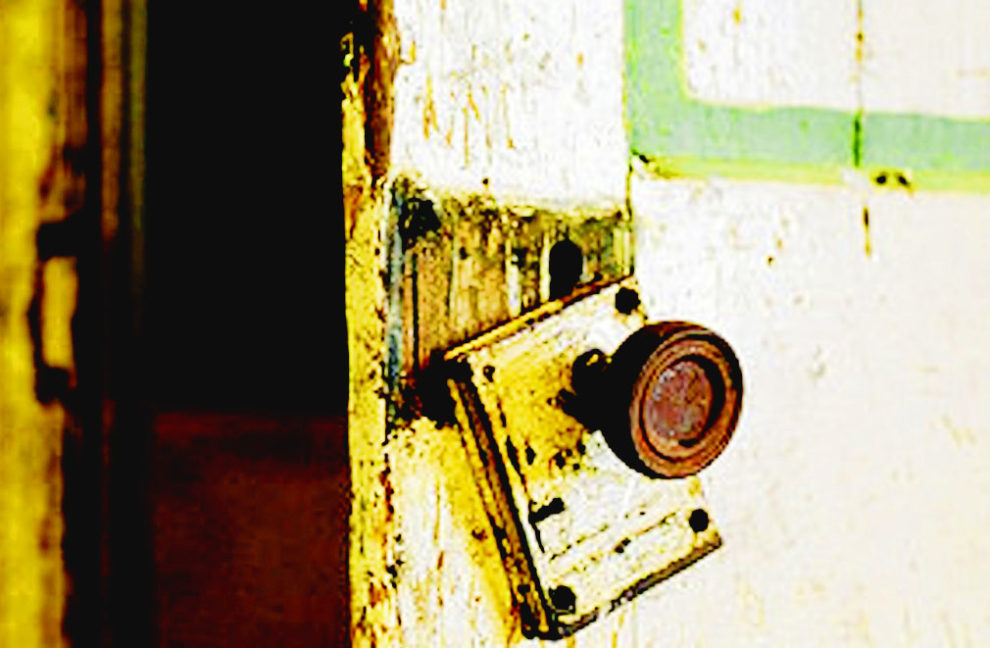Unlike most commercial leases which can require tenants to leave the property as they found it, residential landlords are expected to inherit fair wear and tear by the tenants at our own costs. It goes without saying that there is a very fine line between fair wear and tear and what constitutes damages.
Understandably both parties to a residential tenancy have good reasons to take a diagrammatically opposing view on the what is fair wear and tear, especially when it boils down to bond refunds. Take carpets for example, while cigarette burn holes and rips are obviously damages, the thinning of fibres are usually fair wear and tear. But that said, how thin does the carpet have to get for it to be deemed a damage?
Fair-wear-and-tear vs damages
Current statutory ambiguity and a lack of industry standard have proven unhelpful. In this state of flux therefore, what are your guiding principles to determine fair wear and tear?
The overarching rule is that of betterment. In terms of property condition, a landlord should not be in a better position materially than you were at the start of the tenancy. Unlike commercial tenancies, the bond is not to be used as an insurance policy where you might get full replacement value with no due consideration for fair wear and tear. From there, a few factors can come into play:
- Length of tenancy – “You have got to consider the length of tenancy. Fair wear and tear is very different for an 8 year tenancy and for a tenancy of 6 months,” says Jan Galloway, Director of Corinthian Property Management. The longer the tenancy, the more natural wear is to be expected.
- Number and age of occupants – The more bedrooms and occupants, the higher the wear and tear in all the shared spaces (e.g. living room, kitchen) should be expected. Are there children living in the property? A property occupied by a young professional couple would suffer far less wear than a family of four with young children. “I always think about the wear and tear that would have occurred if I had lived in the property with my family,” says Galloway.
- Quality of the property/fixture – A modern accommodation with thinner internal walls would require more maintenance and repair from the landlord’s part as oppose to an older building that has a more robust construction.
- Original condition – “You have to consider the condition of the property when they moved in,” said Galloway, “if you had brand new paint and there were a lot of scuffs on the wall then you should get some money towards repainting. If there were a lot of preexisting scuff marks on the wall then you are not likely to get compensated for the sake of two or three additional marks.”
- Reasonable lifespan – Don’t forget that nothing lasts forever. If a dishwasher breaks down after 15 years of good service then it is fair to say you have got your dollars’ worth and claiming against the tenant (even if there are signs of abuse) could be petty and unnecessary.
- Overall condition – Galloway’s rule at final inspections? “Look at the property overall rather than each single feature in isolation. A slightly dinged front door can be balanced out by a pristine carpet and scuff free walls.” Do not get fixated by one single damage when the overall condition of the property is reasonable.
- Overall relationship – **Caution** this is a contentious one. At the end of the day, residential tenancy is about people doing business with people. If you have had a good relationship with your tenant who paid rent on time and had been generally well behaved, it is not necessary to quibble over small maintenance issues. Consider the value you have received from your tenant over the years and repay them with a suitable degree of lenience.
Preventative measures
- Tenant referencing – When you select tenant applicants, take the time to ring ex-landlords for a reference and ask questions like “Would you rent to xxx again?” If not, why not?
- Good relationship – If you maintain a professional and good relationship with your tenant, it is more likely that they will come to the party and look after your property well.
- Decorate sensibly – No tenants, no matter how careful, can prolong the lifespan of cheap fittings and appliances. When you fit out your property therefore, look beyond the price tag and take into consideration the quality, make, and after-sales service of your product selection.
- Inspect and maintain regularly – This is especially important for longer term tenancies. By refreshening up your property at regular intervals, not only will you have a more on-the-pulse handle of the condition of the property, you are also reducing the need for a big refurbishment job at the end of the tenancy period.
- Communicate your level of expectations – Set your expectations from the outset. Remind your tenant that regular cleaning and maintenance can make their property feel more like home. Encourage them to contact you as soon as maintenance issues crop up and be responsive towards these communications.
Dispute resolution















Add Comment